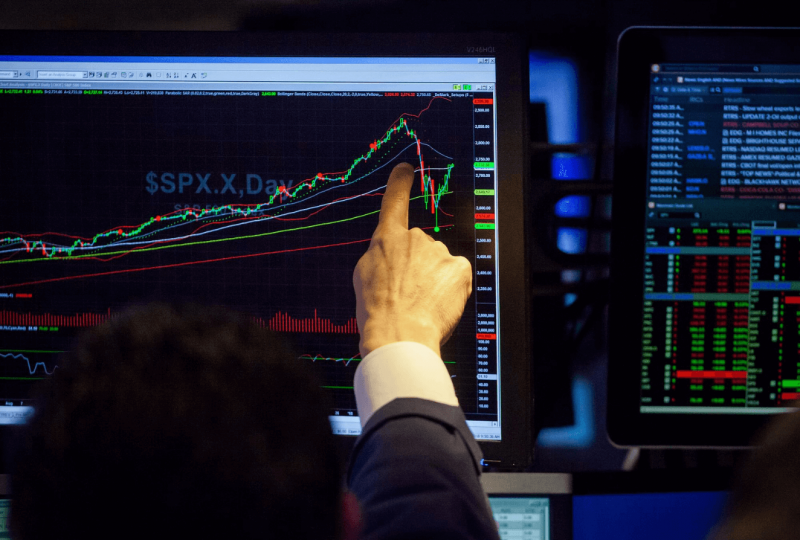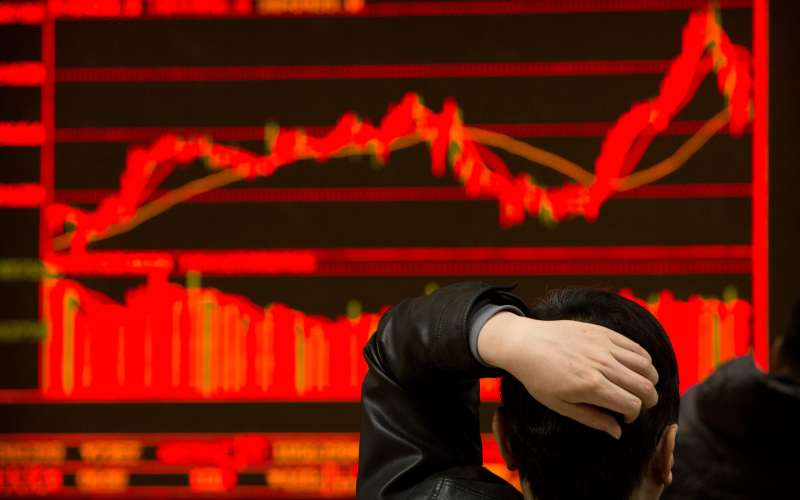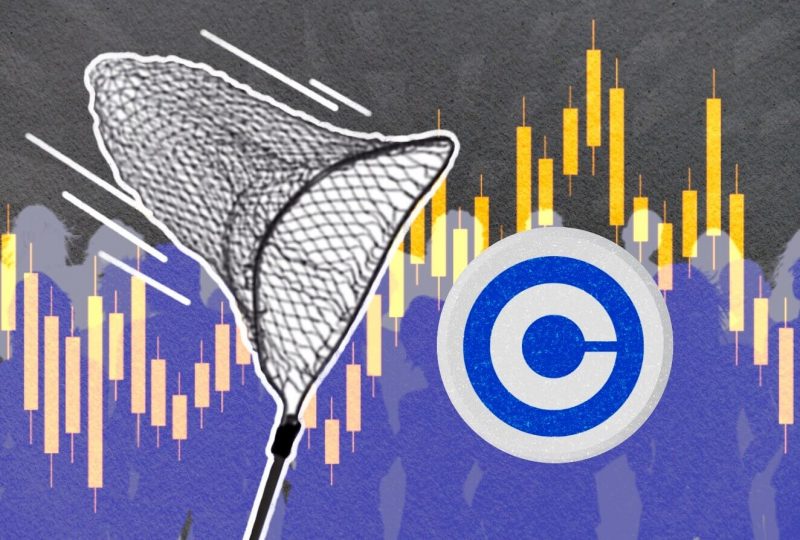Stocks Turn Higher As Volatile Month Rolls On
Oct 6, 2021

Following reports that Congress could strike a short-term agreement to extend the federal borrowing limit and avoid a default, stocks turned bullish on Wednesday, with all three main stock indices moving higher throughout the afternoon session.
Investors swooped in to purchase a drop in tech and growth companies, as the Nasdaq trimmed early losses to trade in slightly positive territory Wednesday afternoon. Earlier in the trading day on Wednesday, the index had fallen as much as 1.2 percent. After Bloomberg reported that Senate Minority Leader Mitch McConnell was ready to offer Democratic legislators a compromise to temporarily lift the US debt ceiling through November, the S&P 500 and Dow both climbed, erasing losses.
Concerns about inflation and rising energy and commodity costs had previously overshadowed optimism about the pace of the economic recovery, sending the three major indices down.
So far in October, stocks have oscillated between sharp gains and losses, with investors unsure if the economic and policy environment would be supportive enough for risk assets to avoid a recurrence of September's volatility. After spending much of the summer in the mid-teens, the CBOE Volatility Index, or VIX, has risen to over 20.
"October's prospects are unknown. In my mind, I have a major question: Could this be the dreadful sequel to September?" Invesco U.S. chief global market strategist Kristina Hooper told Yahoo Finance Live on Tuesday.
"Certainly, what we've seen so far is that whenever there's a selloff, investors are eager to get in and look for opportunities," she added. "As we await the Fed's tapering decision, I believe we'll see greater volatility in the coming months. As a result, an announcement is made where investors can dollar-cost average on down days in regions where they want to gain exposure. This is most likely not the last drop we'll see in October."
Markets have been concerned about inflation, with prices of products and services rising for both corporations and end consumers as demand stays high and supply chain limitations continue to weigh. Traders have been waiting to see if these lingering difficulties have an impact on economic activity and corporate profits, with information on the latter expected to emerge next week with the large banks' unofficial start of third-quarter earnings season.
For the time being, the most recent batch of economic statistics has been mostly positive in terms of the condition of the US economy. Durable goods orders, retail sales, and purchasing managers' indexes, which measure activity across the manufacturing and services sectors in the United States, have all lately exceeded forecasts. However, this information has shown several indicators of inflation: According to government statistics released last week, personal consumption expenditures grew at the greatest yearly pace since 1991, as measured by subindex monitoring prices paid by suppliers in the Institute for Supply Management's current services index.
"It's no wonder that the term stagflation' is making a comeback in popular usage. Energy costs are rising, cargo ships are piled up on both sides of the shore, and there are shortages of everything... and those costs are rising. However, the main news is positive "On Tuesday, ProShares Advisors' head of investment strategy, Simeon Hyman, told Yahoo Finance Live.
"Is a small amount of inflation expected? Probably. Will interest rates rise? Just with tapering, virtually without exception, "Hyman continued. "Will there, however, be a drop in economic activity? Very improbable; the economy is expected to stay robust."




